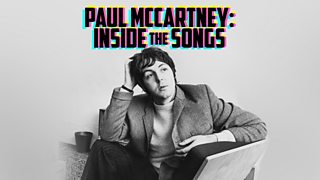Meet the dancers who changed the world
In Oti Mabuse’s Dancing Legends, Oti – dancer, trainer, and twice winner of Strictly Come Dancing – takes us through the inspirational lives of some extraordinary people, and learns how they changed the world of dance for ever.
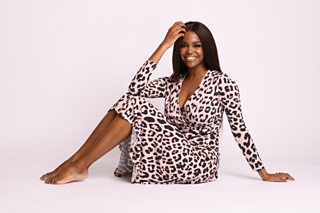
In each episode, Oti catches up with a big star from the world of dance. From ballet sensation Misty Copeland to award-winning choreographer Matthew Bourne, and from Oti’s own heroes, like the South African dancer Kitty Phetla, to her Strictly buddies like Arlene Phillips and Ryan Francois.
Along the way, Oti finds out about her guests' heroes – the dancers who inspired them, fired them up, and made them who they are today. The legends featured include Josephine Baker, the quick-stepping queen of Charleston, to Michael Flatley, the man who re-invented Irish Traditional Dancing for a modern audience. People who’ve dared to dance in a new way, breaking moulds and tearing up the rule books.
Here we take a look at the choices made by Oti’s guests, they’re stories of the people who rocked the dance world, and often made an impact that was felt offstage as well as on.

Josephine Baker
Chosen by Ryan Francois, choreographer and creator of The Jitterbug Stroll.
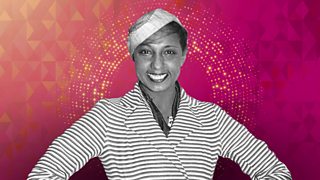
Novelist Ernest Hemingway called her “the most sensational woman anyone ever saw”, and Picasso created paintings trying to capture her beauty – Josephine Baker is nothing short of a legend, with a biography as breathtaking as her dancing style.
Josephine’s incredible life took her from dancing on the streets of St Louis, Missouri to the Folies Bergère in Paris, where her infamous and deliberately self-referential signature Banana Dance was created. She was a woman of so many firsts: the first black woman to star in a feature film; the first black woman to sing the starring role in an opera at the Paris Opera; the first black woman to dance on the Paris stage, the first black woman to have her name on the marquee with the Ziegfeld Follies, and so the first person of colour to become an entertainer known worldwide.
Michael Flatley
Chosen by Morgan Bullock, the American-Irish dancer who went viral on TikTok in 2020 with her ‘"dance remix" of rapper Megan Thee Stallion's song, Savage.

The indefatigable and gravity-defying Michael Flatley was born in Chicago in 1958. His parents had emigrated from Ireland and settled among Chicago’s massive Irish community. Flatley had relatives who had danced, and he learned when he was 11. A number of unsuccessful attempts at winning the prestigious World Irish Dancing Championship fuelled a fire within him; he eventually won the title in 1975 and started to tour, including with the hugely popular traditional Irish music band The Chieftans.
By this time, Flatley had caught the eye of producers Moya Doherty and John McColgan, who were asked to produce the interval show at the 1994 Eurovision Song Contest, hosted by Ireland that year. As Oti comments: “This is usually the chance for people to move away from their TV to make a long-awaited cup of tea. This time, however, they were glued to their sofas.” It was a defining moment, with "Riverdance" the realisation of Flatley’s dream of a line of many dancers accompanied by an orchestra.
Find out more about the leaps, strides and the mis-step it made by listening here.
Alvin Ailey
Chosen by choreographer, theatre director, jazz dance pioneer, creator of Hot Gossip and of routines for Tina Turner, Whitney Houston and Duran Duran – and former Strictly judging favourite – Arlene Phillips.
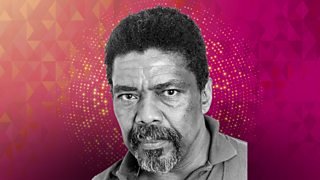
Alvin Ailey was just 27 when he created the Alvin Ailey American Dance Theatre, which still runs to this day, 32 years after his death.
Born in Texas in 1931, and growing up with gospel, folk and blues music, Ailey moved to Los Angeles with his mother when he was 12. His initial interest in dance came after high school, inspired by dancer and choreographer Katherine Dunham, one of few black role models in dance at the time.
Training on-and-off at the dance studio run by Lester Horton, a Hollywood musical choreographer, Ailey took on the role of artistic director when Horton died suddenly in 1954. Four years later he set up his own company.
All this happened against the backdrop of the civil rights movement. So, with the core aim of honouring black culture through dance, Ailey created the groundbreaking Revelations that did exactly that. “I had never seen anything as divinely brilliant,” says Arlene of the first time she saw the piece.
Find out more about why Arlene was so bowled over by listening here.
Fred Astaire
Chosen by Sir Matthew Bourne, the multi award-winning and internationally famous choreographer who reinterpreted classic ballets such as Swan Lake, Cinderella and Romeo and Juliet.
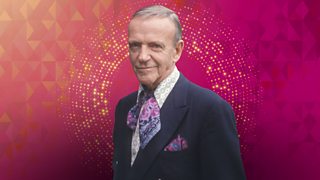
Fred Astaire’s career spanned 75 years and over 40 Hollywood movies. He began as one half of a double act with his sister, Adele. When not dazzling audience with his tap skills, Astaire set himself apart with graceful style and also his choice of toe shoes – satin shoes with laces, usually worn by female ballet dancers.
Fred and Adele went from child stars to performing on Broadway and in London before Adele married and Fred went solo. Initially unsuccessful in breaking into Hollywood, Astaire made his film debut in 1933 with Dancing Lady. In the same year, he appeared with Ginger Rogers in Flying Down To Rio, and an unforgettable partnership was born, running to ten films including Top Hat, Swing Time and Shall We Dance.
Reportedly practising 300 hours for each film, Fred Astaire had an illustrious line of dancing partners across his long career, including Rita Hayworth, Eleanor Powell, Judy Garland, Vera-Ellen, Cyd Charisse, Leslie Caron, Audrey Hepburn and his good friend Gene Kelly.
Gene Kelly
Chosen by actor, dancer and singer-songwriter Matthew Morrison, known for his portrayal of Link Larkin in Hairspray on Broadway and teacher Will Schuester in Glee.
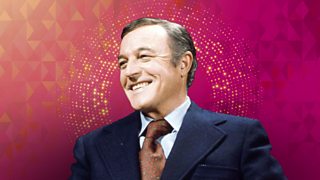
Dancer, singer and actor Gene Kelly appeared in some of the greatest films of the 1940s and 1950s including Cover Girl, Me And My Gal, Anchors Aweigh, Singin’ In the Rain and An American In Paris.
He was awarded an honorary Oscar for his versatility as a performer, and the films he was known for were very innovative, for example, in Cover Girl, Kelly danced alongside a reflection of himself and in Anchors Aweigh he danced next to Jerry Mouse of Tom and Jerry cartoon fame. This was decades before CGI!
The sequence in Singin’ in the Rain, with Kelly tap dancing in puddles, lives long in the memory. Likewise, the unprecedented 17-minute ballet sequence in An American In Paris, set to the music of George Gershwin and reportedly costing nearly half a million dollars to make.
Hear more about what made Kelly so unique by listening here.
More To Discover
-
![]()
Oti Mabuse's Dancing Legends
Discover the incredible stories of dancers who changed the world.
-
![]()
Add To Playlist
A musical journey of discovery, exploring the web of connections between tracks across the breadth of all musical styles.
-
![]()
Paul McCartney: Inside The Songs
Paul McCartney talks about his life through the prism of 10 key lyrics, including The Beatles’ classics All My Loving, Eleanor Rigby and Penny Lane.
-
![]()
Screenshot
Ellen E Jones and Mark Kermode reveal hidden gems from cinema and TV to streaming and beyond.


